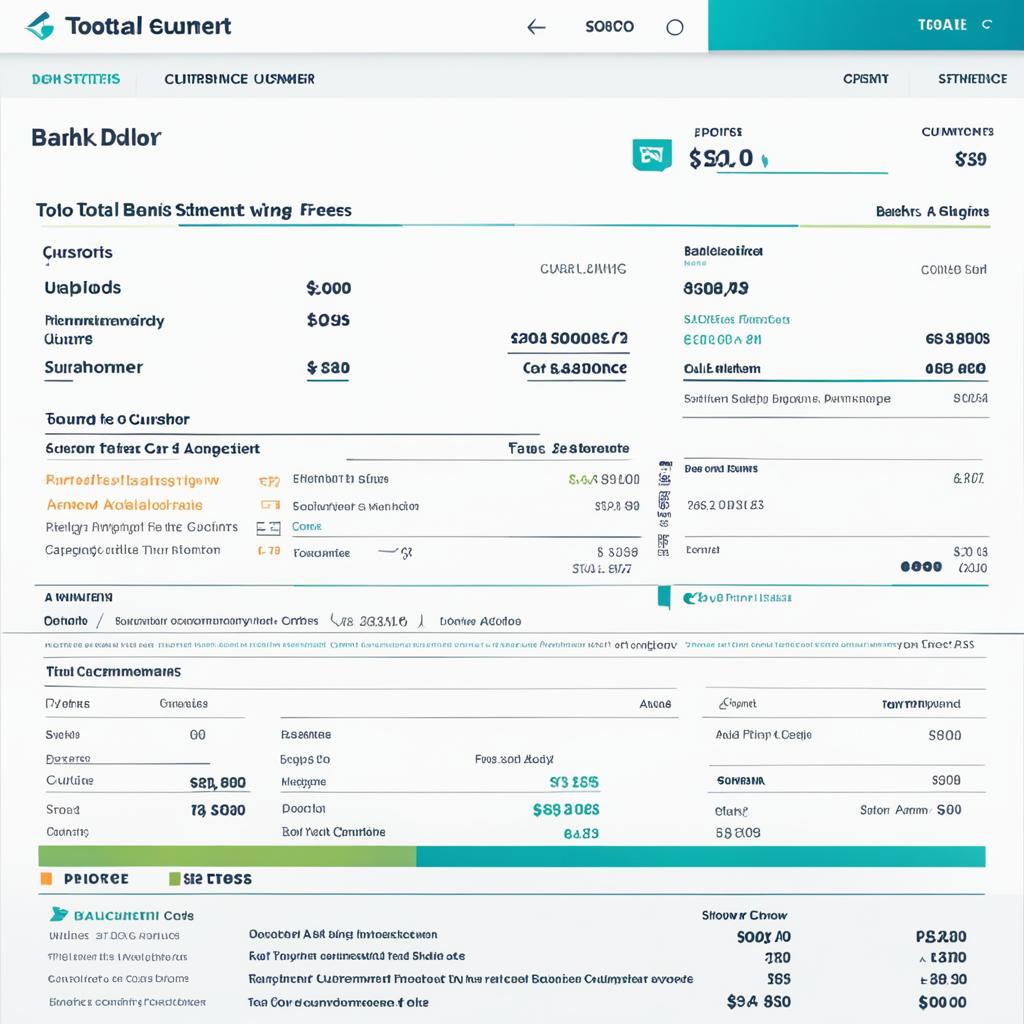As financial management becomes increasingly important, understanding your bank statement is a crucial skill. Many people find bank statements overwhelming and complex, but fear not! In this guide, I will walk you through the process of reading and interpreting your bank statement, empowering you to take control of your finances.
Whether you’re reading your bank statement for the first time or want to improve your understanding, this comprehensive guide will provide you with the knowledge and tools you need. By deciphering the terminology, analyzing the components, and making sense of the numbers, you’ll gain valuable insights into your financial transactions and be better equipped to make informed decisions.
Key Takeaways:
- Reading your bank statement is crucial for effective financial management.
- Understanding the key components and terminology helps navigate the statement.
- Regularly reviewing your bank statement enables you to detect errors and identify potential fraud.
- Keeping track of your income, expenses, and financial transactions promotes accurate financial management.
- Retaining bank statements is important for record retention and tax purposes.
Why You Should Know How to Read Your Bank Statement
Knowing how to read your bank statement has several benefits. It helps you manage your budget effectively by tracking income and expenses. It allows you to spot unauthorized transactions and report them promptly. By reviewing your bank statement, you can identify and avoid unnecessary fees charged by the bank. It also provides records for tax preparation and helps lenders assess your financial stability when applying for credit.
Managing your finances successfully relies on effective budget management. Without an understanding of your bank statement, it becomes challenging to keep track of your income and expenses accurately. Through careful examination of your bank statement, you can identify areas where you’re overspending or areas where you can cut back expenses to stay on track with your budget.
Spotting unauthorized transactions is crucial for safeguarding your finances. By regularly reviewing your bank statement, you can quickly identify any unfamiliar or suspicious transactions. If you notice any unauthorized activity, it’s essential to report it to your bank immediately to prevent further fraudulent actions and protect your account.
“Reading your bank statement allows you to spot unauthorized transactions, avoid unnecessary fees, and manage your budget effectively.”
Reviewing your bank statement is also a way to identify and avoid unnecessary fees charged by the bank. Sometimes, banks may charge fees for services that you didn’t request or unnecessary charges that can impact your overall financial well-being. By carefully examining your bank statement, you can question and address any fees that seem unjustified, potentially saving yourself money in the long run.
Additionally, your bank statement serves as a valuable resource for tax preparation. When it’s time to file your taxes, you will have a documented record of your income and expenses readily available. It helps you accurately report your financial information and ensures compliance with tax laws and regulations.
“Your bank statement provides records for tax preparation and helps lenders assess your financial stability when applying for credit.”
Moreover, lenders often request bank statements when you apply for credit. By demonstrating a consistent history of managing your finances and paying bills on time, you can enhance your chances of being approved for loans, credit cards, or mortgages. Lenders rely on your bank statement to assess your financial stability and evaluate the level of risk associated with lending you money.
The Importance of Knowing How to Read Your Bank Statement
| Benefits | Explanation |
|---|---|
| Budget Management | Track income and expenses accurately, effectively manage your budget. |
| Spotting Unauthorized Transactions | Identify unfamiliar or suspicious transactions, report unauthorized activity promptly. |
| Avoiding Unnecessary Fees | Identify and question unjustified fees, save money in the long run. |
| Tax Preparation | Have records of income and expenses available for accurate tax reporting. |
| Credit Applications | Demonstrate financial stability to lenders, increase chances of approval. |
In conclusion, understanding how to read your bank statement is essential for effective financial management. Whether it’s managing your budget, spotting unauthorized transactions, avoiding unnecessary fees, preparing for taxes, or applying for credit, your bank statement plays a vital role in helping you make informed financial decisions. By gaining a comprehensive understanding of your bank statement, you can take control of your finances and achieve your financial goals.
Key Components of a Bank Statement
A bank statement consists of various key components that provide essential information about your account activity. These components help you gain a comprehensive understanding of your financial transactions and account status. Let’s explore the key elements that make up a bank statement:
- Bank Information: The bank statement includes details about your financial institution, such as the bank’s name and address. This information helps you identify the specific bank associated with your account.
- Account Information: Your bank statement contains your personal account information, including your name, address, and account number. This ensures that the statement corresponds to your specific account.
- Statement Period: The statement period indicates the start and end dates for the transactions listed in the bank statement. It provides a timeframe for the financial activities covered in the statement.
- Opening and Closing Balance: The opening balance represents the amount of money available in your account at the beginning of the statement period. The closing balance shows the remaining funds in your account at the end of the period.
- Deposits: This section of the bank statement displays all the funds that have been credited to your account during the statement period. Deposits can include salary payments, transfers from other accounts, or any other form of incoming funds.
- Transaction Details: The transaction details section provides a comprehensive list of all the financial activities that occurred in your account during the statement period. It includes information about withdrawals, transfers, purchases, and any other transactions made.
- Fees: Bank statements also highlight any fees or charges incurred during the statement period. These fees can include service charges, overdraft fees, or any other charges related to your account activity.
- Interest Information: If your account earns interest, the bank statement will provide details about the interest earned during the statement period. This information allows you to track the interest you have accumulated on your account balance.
Understanding these key components of a bank statement empowers you to analyze your financial transactions effectively and make informed decisions about your account management. Now that we’ve covered the essential elements, let’s delve into understanding the terminology commonly used in bank statements.

Understanding Bank Statement Terminology
Bank statements can often be filled with financial jargon that may seem confusing at first glance. However, understanding common terms is crucial for accurately interpreting and comprehending your bank statement. Let’s take a closer look at some key terms you may encounter:
- Account Number: This is a unique identifier that represents your specific bank account.
- Statement Period: The statement period refers to the specific timeframe covered in the bank statement, typically a month or a quarter.
- Opening/Closing Balance: The opening balance is the amount of money in your account at the beginning of the statement period, while the closing balance is the amount at the end of the period.
- Deposits: Deposits are the funds that have been added to your account during the statement period. These can include salary payments, cash deposits, or any other inflow of money.
- Withdrawals: Withdrawals are the funds that have been deducted from your account during the statement period. These can include ATM withdrawals, checks, or electronic payments.
- Overdraft: An overdraft occurs when you withdraw more money from your account than what is available, resulting in a negative balance.
- Interest Earned: Interest earned represents the interest that has been accrued on your account balance during the statement period.
- Fees: Fees are charges levied by the bank for various services, such as maintenance fees, transaction fees, or overdraft fees.
- Pending Transactions: Pending transactions are transactions that have been initiated but have not yet been finalized or cleared by the bank.
- YTD (Year to Date) Totals: YTD totals provide a cumulative summary of your account activity from the beginning of the calendar year up to the end of the statement period.
By familiarizing yourself with these terms, you’ll be better equipped to understand the intricate details of your bank statement and make informed financial decisions.
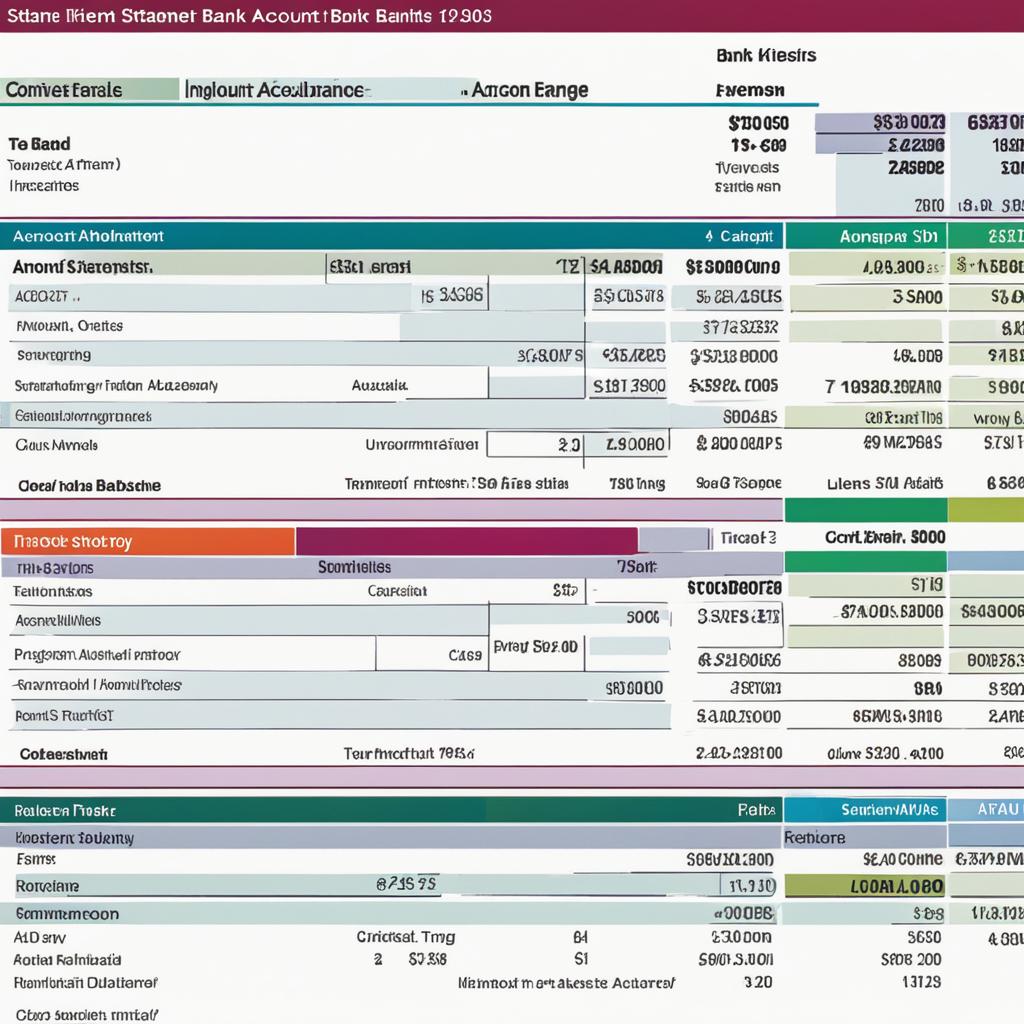
Spotting Errors and Fraud on Your Bank Statement
Regularly reviewing your bank statement is vital for identifying errors or potential fraud. By diligently monitoring your statement, you can ensure the accuracy of your financial records and protect yourself from unauthorized transactions and incorrect fees. Here are some essential steps to help you spot and address any discrepancies:
1. Keep Bank Statements for Future Reference
It’s important to keep your bank statements for a reasonable period, usually up to a year or longer if required for tax purposes. By having access to past statements, you can compare them with current ones, ensuring the consistency and accuracy of your financial records.
2. Compare Receipts with Transactions
Regularly compare the transactions listed on your bank statement with the corresponding receipts you have. This way, you can verify that the amounts charged and the vendors match your records. Any inconsistencies should be investigated further.
3. Check for Unauthorized Transactions
Review your bank statement thoroughly to identify any unauthorized transactions. Look for unfamiliar charges or withdrawals that you don’t recognize. If you spot any suspicious activity, report it immediately to your bank to initiate an investigation.
4. Review Recurring Charges
Keep an eye out for recurring charges on your bank statement. Ensure that you are aware of and have authorized these charges. If you notice any recurring fees that you no longer require or recognize, contact the respective companies to cancel them and prevent future deductions.
5. Monitor Duplicate Charges
Check for any duplicate charges on your bank statement. These can occur if a transaction is accidentally processed twice, leading to an inflated balance. If you notice any duplicate charges, contact your bank to rectify the error promptly.
6. Look for Incorrect Fees
Scan your bank statement for any fees that seem incorrect or unexpected. Banks may charge various fees for services provided, but it’s essential to ensure that these fees are accurate and aligned with the terms and conditions of your account. If you identify any discrepancies, reach out to your bank for clarification.
Remember, regularly reviewing your bank statement and taking immediate action to address any errors or fraud is crucial for maintaining the integrity of your financial records and protecting yourself from potential financial harm.
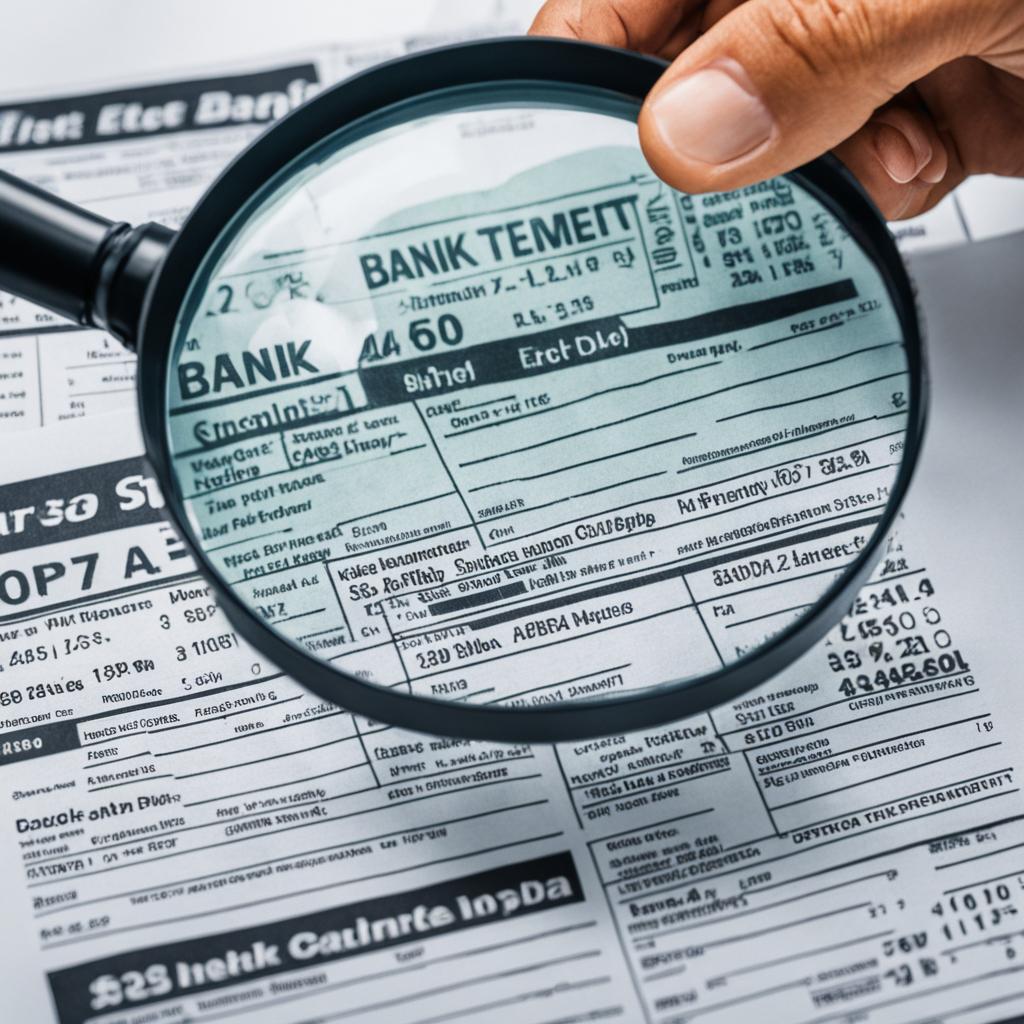
| Steps to Spot Errors and Fraud on Your Bank Statement |
|---|
| Keep Bank Statements for Future Reference |
| Compare Receipts with Transactions |
| Check for Unauthorized Transactions |
| Review Recurring Charges |
| Monitor Duplicate Charges |
| Look for Incorrect Fees |
Understanding the Bank Statement Format
Bank statements can vary in format, but they typically consist of several common components. Familiarizing yourself with these components will help you navigate and interpret your bank statement effectively.
Financial Institution’s Name and Address: Your bank statement will prominently display the name and address of your financial institution. This information ensures that you can easily identify and contact your bank if needed.
Personal Information: Your bank statement will also include personal information, such as your name and address. This ensures that the statement is correctly associated with your account and provides a way to verify your identity.
Account Activity: The main section of your bank statement will detail all the account activity that occurred during the statement period. This includes deposits, withdrawals, transfers, and other transactions made from your account. By reviewing this activity, you can stay informed about your financial transactions.
Starting and Ending Balance: Your bank statement will clearly indicate the starting and ending balance for the statement period. The starting balance represents the balance in your account at the beginning of the period, while the ending balance reflects the balance at the end of the period. These balances provide valuable information about the overall financial health of your account.
To help illustrate the format of a bank statement, here is an example:
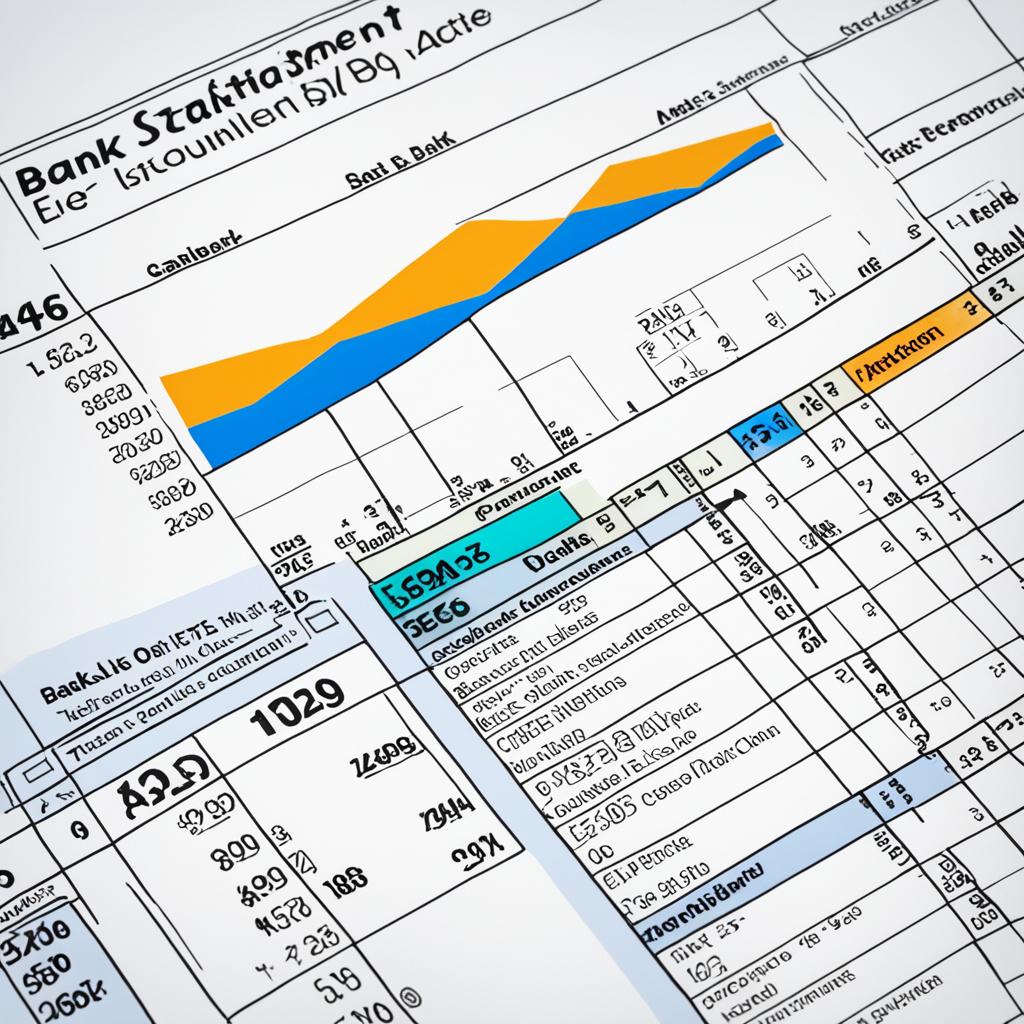
| Date | Description | Amount |
|---|---|---|
| 01/01/2024 | Deposit | $1,000.00 |
| 01/05/2024 | Withdrawal | -$50.00 |
| 01/10/2024 | Transfer to Savings | -$200.00 |
| 01/15/2024 | Debit Card Purchase | -$25.00 |
What You Can Find in a Bank Statement
Bank statements provide a wealth of valuable information that gives you a comprehensive overview of your account activity. Understanding the different components in a bank statement enables you to gain insights into your financial transactions and maintain better control over your finances.
Financial Institution’s Information
The bank statement includes important details about the financial institution where you hold your account. This information typically consists of the bank’s name, address, and contact information.
Personal Information
Your bank statement also contains personal information that confirms your identity as the account holder. This includes your full name, address, and sometimes your contact details.
Account Number
The account number associated with your bank statement is a unique identifier assigned to your specific account. It helps identify and track your financial transactions within the statement.
Statement Period
The bank statement specifies the statement period, indicating the start and end dates for the transactions listed. This allows you to review a specific timeframe and track your financial activity accordingly.
Activity Summary
An activity summary provides a snapshot of your account’s financial activity for the statement period. It typically includes the beginning balance, deposits, withdrawals, and ending balance, allowing you to assess your overall account performance.
Transaction History
The transaction history section of your bank statement provides a detailed record of all the financial activities within the statement period. This includes information about each transaction, such as the date, description, and amount. Reviewing your transaction history helps you keep track of your spending habits and detect any discrepancies.
By examining the contents of your bank statement, including the financial institution’s information, personal details, account number, statement period, activity summary, and transaction history, you can stay informed about your financial matters and make informed decisions.
How to Obtain Your Bank Statement
When it comes to managing your finances, obtaining your bank statement is crucial. It provides you with a detailed overview of your account activity, allowing you to track your transactions and monitor your financial health. So, how can you obtain your bank statement?
There are two main ways to obtain your bank statement: through electronic means or as a paper statement. Let’s explore each option in detail:
- Electronic Fund Transfer: If you frequently make electronic fund transfers, such as direct deposits or debit card transactions, your bank will typically send your bank statement electronically. This can be accessed through your bank’s website or mobile app. Electronic statements are convenient, secure, and instantly accessible, allowing you to view your transactions from anywhere at any time.
- Paper Statement: Some individuals prefer to receive their bank statement as a physical document. In this case, your bank will mail you a paper statement, usually on a monthly or quarterly basis. Paper statements can be helpful for those who prefer a tangible record, want to file their statements physically, or need to provide hard copies for specific purposes.
It’s important to note that banks may offer the option to choose between electronic and paper statements. Be sure to select the format that best suits your needs.
If you haven’t made any electronic fund transfers, your bank should still send you periodic statements, typically on a quarterly basis, for your checking or savings accounts. These statements contain all the essential information, including your account activity, balances, and any associated fees.
Now that you know how to obtain your bank statement, you can stay on top of your financial transactions and make informed decisions about your finances. Remember to regularly review your bank statement to ensure accuracy and promptly report any discrepancies to your bank.
| Electronic Statements | Paper Statements |
|---|---|
| Instant access from anywhere | Tangible record for filing |
| Eco-friendly and reduces paper clutter | Accessible in case of digital downtime |
| Secure and password-protected | May require physical storage space |
| Can easily search for specific transactions | Suitable for individuals who prefer hard copies |
| Notifications for new statements available | Simple browsing and flipping through pages |
Importance of Checking Your Bank Statement
Checking your bank statement is crucial for several reasons. By regularly reviewing your bank statement, you can keep track of your finances, balance your checkbook, and detect any fraudulent or unauthorized transactions. It also enables you to spot errors made by the financial institution and identify any fees charged to your account. Additionally, reviewing your bank statement helps you verify checks and provides important information for your tax returns.
One of the key benefits of checking your bank statement is the ability to keep track of your finances. By reviewing your transactions and balances, you can ensure that your income and expenses align with your budget. This allows you to make well-informed financial decisions and stay on top of your financial goals.
Balancing your checkbook is another important aspect of checking your bank statement. By comparing your recorded transactions with those on your bank statement, you can ensure that your checkbook accurately reflects the activity in your account. This helps you avoid overdrawing your account and incurring unnecessary fees.
One of the most critical reasons to regularly check your bank statement is to detect any fraudulent or unauthorized transactions. By carefully reviewing your statement, you can quickly spot any suspicious activity and report it to your bank. Taking prompt action can help prevent further damage and protect your financial well-being.
Spotting errors made by the financial institution is another important aspect of reviewing your bank statement. Banks may occasionally make mistakes, such as posting incorrect transaction amounts or duplicating charges. By identifying these errors, you can bring them to the attention of your bank and have them rectified, ensuring the accuracy of your account.
Identifying fees charged to your account is also crucial for effective financial management. Banks may levy various fees, such as maintenance fees, ATM fees, or overdraft fees. By carefully reviewing your bank statement, you can identify these fees and evaluate if they are necessary or if there are alternative options available to minimize them.
Verifying checks is another key reason to check your bank statement. Your bank statement provides a record of checks that you have written and ensures they have been properly processed by the bank. It allows you to reconcile any discrepancies and prevent any potential issues with payments or insufficient funds.
Finally, your bank statement provides important information for your tax returns. It contains details of interest earned, deposits, withdrawals, and other financial transactions that may be required for accurate tax reporting. By carefully reviewing your statement, you can ensure that you have all the necessary information for your tax filings.
Regularly reviewing your bank statement is an essential practice to keep your finances in order, protect yourself from fraudulent activity, and maintain accurate financial records. It empowers you to keep track of your finances, balance your checkbook, detect fraudulent transactions, spot errors, identify fees, verify checks, and gather tax return information. By taking the time to review your bank statement, you can effectively manage your finances and maintain control over your financial well-being.
How Long to Keep Bank Statements
When it comes to bank statements, it’s important to know how long you should keep them for record retention and tax purposes. While there is no one-size-fits-all answer, there are general guidelines to follow.
For record retention purposes, it is recommended to keep bank statements for at least one year. This timeframe allows you to refer back to your statements for any discrepancies or inquiries that may arise. Keeping a record of your financial transactions can be helpful for budgeting, monitoring your spending habits, and identifying any potential errors.
However, for tax purposes, it is advisable to retain bank statements for up to seven years. The IRS recommends keeping supporting documentation for tax returns for a minimum of three years after the filing date. Holding onto your bank statements for this extended period can provide evidence of income, deductions, and credits claimed on your tax returns.
When it comes to storing your bank statements, you have the option of keeping both digital copies and paper files. Digital statements are easily accessible and can be securely stored on your computer, cloud storage, or through your bank’s online portal. Paper statements, on the other hand, can be scanned and saved digitally or filed away in a secure location.
Having both digital and paper copies ensures that you have multiple backups, offering added security and peace of mind.
The Benefits of Digital Copies
- Convenience: Digital statements can be accessed with just a few clicks, saving you time and energy.
- Space-Saving: Storing digital copies eliminates the need for physical storage space, reducing clutter.
- Security: Encrypting and password-protecting your digital files adds an extra layer of security.
- Environmental-Friendly: Going digital reduces paper waste and promotes sustainability.
The Value of Paper Files
- Tangible Documentation: Physically holding bank statements can provide a sense of control and assurance.
- Backup Option: In case of technical issues with digital files, paper statements serve as a reliable backup.
- Accessibility: Paper files can be easily organized and quickly accessed without the need for technology.
| Retaining Bank Statements | Record Retention (Minimum of 1 Year) | Tax Purposes (Up to 7 Years) |
|---|---|---|
| Digital Copies | Store securely on your computer or cloud storage. | Digitally save and encrypt for easy access during tax season. |
| Consider having redundant backups for added security. | ||
| Paper Files | Scan and save digitally for long-term storage. | File in a secure location for tax audit or other needs. |
Ultimately, the decision of whether to keep bank statements in digital or paper format depends on your personal preference and organizational needs. Whatever method you choose, maintaining bank statements ensures you have accurate financial records, supports tax filing requirements, and provides a historical snapshot of your financial journey.
Conclusion
Understanding how to read a bank statement is crucial for effective financial management. It empowers you to accurately track your income, expenses, and financial transactions, allowing for better control over your finances. By familiarizing yourself with the key components and terminology of a bank statement, you gain the confidence to navigate through it with ease and make informed financial decisions.
Regularly reviewing your bank statement is a proactive way to identify errors, detect potential fraud, and ensure the integrity of your finances. By diligently examining each transaction, you can promptly address any discrepancies, protecting yourself from financial losses and maintaining the accuracy of your financial records.
Financial management starts with understanding your bank statement. By honing your ability to read and interpret this document, you gain insights into your spending habits, budget effectively, and develop a clearer picture of your overall financial health. Take the time to review your bank statement regularly, and reap the rewards of improved financial management.
FAQ
What is a bank statement?
A bank statement is an official document provided by your bank that summarizes all the transactions in your account for a specific period, including deposits, withdrawals, interest earned, and opening and closing balances.
Why should I know how to read my bank statement?
Knowing how to read your bank statement is crucial for effective budget management, detecting unauthorized transactions, avoiding unnecessary fees, preparing for taxes, and supporting credit applications.
What are the key components of a bank statement?
The key components of a bank statement include bank information (such as the bank’s name and address), account information (name, address, account number), statement period, opening and closing balances, deposits, transaction details, fees, and interest information.
What terminology should I understand on a bank statement?
Important terms to understand on a bank statement include account number, statement period, opening and closing balance, deposits, withdrawals, overdraft, interest earned, fees, pending transactions, and YTD (Year to Date) totals.
How can I spot errors and fraud on my bank statement?
Regularly review your bank statement, keep bank statements for future reference, compare receipts with transactions, check for unauthorized transactions, review recurring charges, monitor duplicate charges, and look for incorrect fees.
What is the format of a bank statement?
The format of a bank statement typically includes the financial institution’s name and address, personal information, account activity (starting and ending balances), and transaction history.
What information can I find in a bank statement?
A bank statement contains information such as the financial institution’s details, personal information, account number, statement period, activity summary (beginning balance, deposits, withdrawals, ending balance), and transaction history.
How can I obtain my bank statement?
Bank statements can be obtained through electronic fund transfers, such as direct deposits or debit card transactions. They can be sent via mail as a paper statement or accessed electronically through your bank’s website or app.
Why is checking my bank statement important?
Checking your bank statement is important for keeping track of your finances, balancing your checkbook, detecting fraudulent or unauthorized transactions, identifying errors made by the financial institution, verifying checks, and providing information for tax returns.
How long should I keep my bank statements?
It is generally recommended to keep bank statements for at least one year for record retention purposes. However, for tax purposes, it’s advisable to retain bank statements for up to seven years. Digital statements can be easily accessed and stored securely, while paper statements can be scanned or filed for future reference.
Why is it important to understand how to read a bank statement?
Understanding how to read a bank statement is crucial for effective financial management. It allows you to track your income, expenses, and financial transactions accurately, make informed decisions, and ensure the integrity of your finances.
Our Friends
- https://www.docuclipper.com/blog/how-to-read-a-bank-statement/
- https://www.experian.com/blogs/ask-experian/how-to-read-bank-statement/
- https://www.usnews.com/banking/articles/guide-to-bank-statements
Money posts:
 Vio Bank Review (2024)
Vio Bank Review (2024)
 Tips for Tax-Efficient Investing
Tips for Tax-Efficient Investing
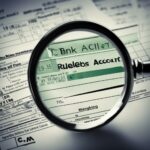 Do I Have to Pay Taxes on My Checking Account?
Do I Have to Pay Taxes on My Checking Account?
 7 Best Investments for Taxable Accounts (2024)
7 Best Investments for Taxable Accounts (2024)
 CIT Bank Promotions | Up to $300 for Opening A Savings Account
CIT Bank Promotions | Up to $300 for Opening A Savings Account
 Best 5% Interest Savings Accounts for September (2024)
Best 5% Interest Savings Accounts for September (2024)
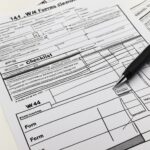 Welcome to W-4 Form: What It Is & How to Fill It Out!
Welcome to W-4 Form: What It Is & How to Fill It Out!
 Discover Bank Review | Checking + Savings + CDs (2024)
Discover Bank Review | Checking + Savings + CDs (2024)
